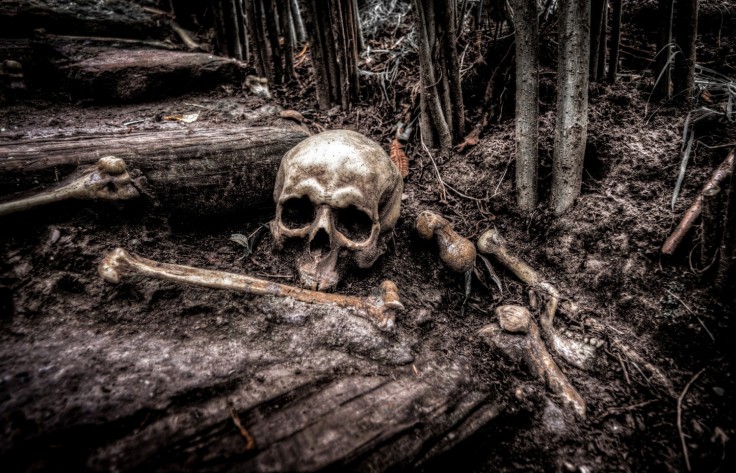
The remains of dozens of child sacrifice victims were found in Peru, and many more are likely waiting to be discovered, per Live Science. Gabriel Prieto, assistant professor of anthropology at the University of Florida, who directed the excavations at Pampa La Cruz, the site near Huanchaco where the remains were found, told the outlet that the numerous skeletons found serve as the evidence that the children's hearts were removed.
Seventy-six skeletons had a transversal clean cut across the sternum. Prieto suggested that the individuals involved in the child sacrifice possibly opened up the kid's rib cage and conceivably extracted the heart. The assistant professor added that kids were buried in an extended position with their feet placed toward the east. Youths were buried on top of an artificial mound. The reason the sacrifices were located in a particular position is still not known.
The archaeologists thought that the area, specifically the mound was free of Chimu child sacrifices, but the findings were the opposite. So far, 323 child sacrifice victims have been found at the site, while 137 children and three adult sacrifice victims were discovered at a nearby site called Las Llamas. Excavations have been underway continuously at Pampa La Cruz for several years.
Child sacrifice victims can be more than 1,000
According to the archaeological finding, there are likely many more child sacrifices remaining to be discovered near Huanchaco, and the outcome could be more than 1,000 child victims.
On the other hand, radiocarbon dating needs to be done on the 76 newly uncovered skeletons recently discovered at Pampa La Cruz dated between A.D. 1100 and 1200. Around the period, the Chimu people flourished in the area, known for their fine metalwork and the city of Chan Chan.
Prieto added the Chimu the reason the Chimu engaged in child sacrifice in the area on such a large scale is still unclear. The Chimu also established an artificial irrigation system and new agricultural fields nearby, and some sacrifices may have been made to sanctify the agricultural system.
Richard Sutter, an anthropology professor at Purdue University Fort Wayne, part of the team assigned at Huanchaco, said the community might be carrying a long-running practice in the area.
Peter Eeckhout, a professor of pre-Columbian art and archaeology at the Université libre de Bruxelles in Belgium, said in an email that some cases of child sacrifices were known from the Andean area.
Catherine Gaither, an independent bioarchaeologists, added that such a form of sacrifice is somehow related to a cultural response to environmental changes that brought substantial cultural upheaval.
Child sacrifices are real and still currently existing
Caleb Wilde, a blogger, witnessed child sacrifice and said that it happens and is real and not just made from the imagination after he went to Uganda and suddenly heard a loud scream and crying. He immediately ran to the area where the screams were coming and found a mom hysterically yelling over the lifeless body of her 8-year-old son. The incident happened only moments before she found her child.
Wilde picked up the child's body and drove to the nearest medical clinic, thinking the child could still be saved as his body was still moving.
When he returned to the village, a mob of mad tribesmen had killed the murderer. He admitted the incident traumatized him until now. Since then, he has become one of the individuals to protect kids from being child sacrifice victims, per World Vision.